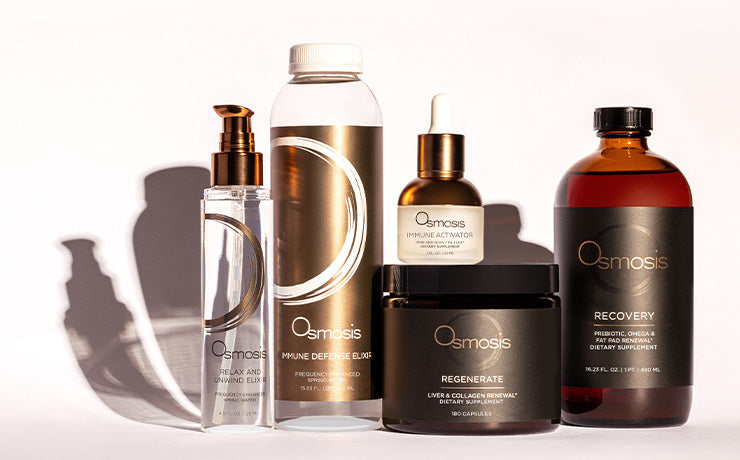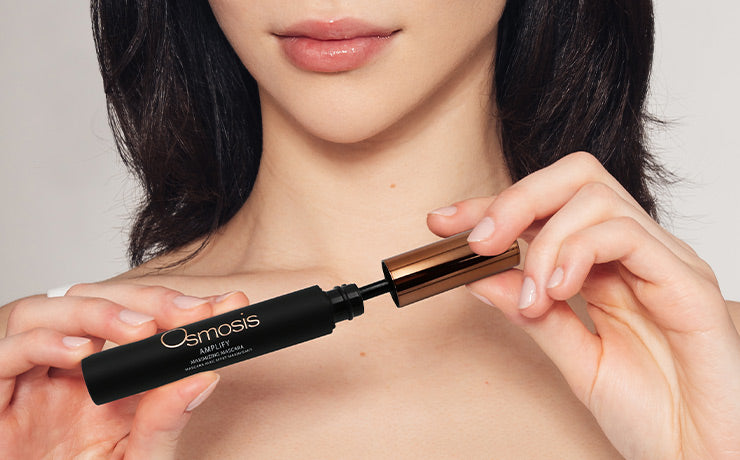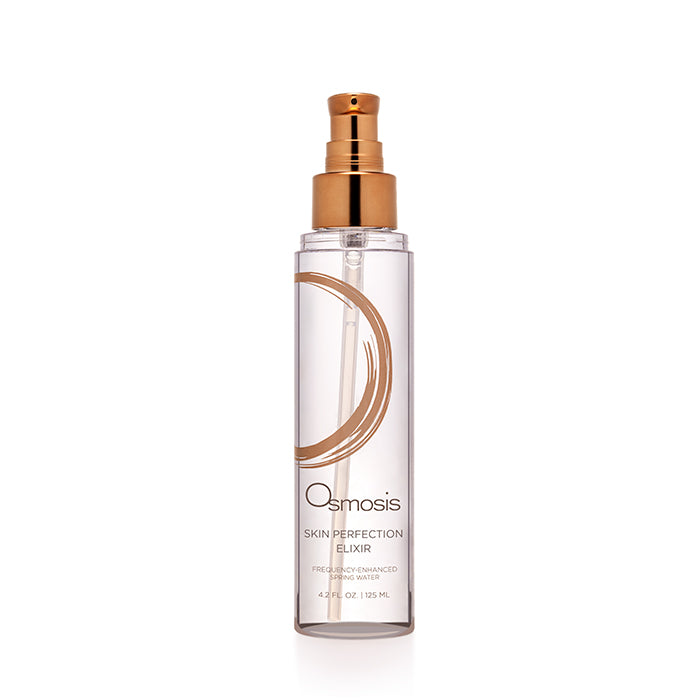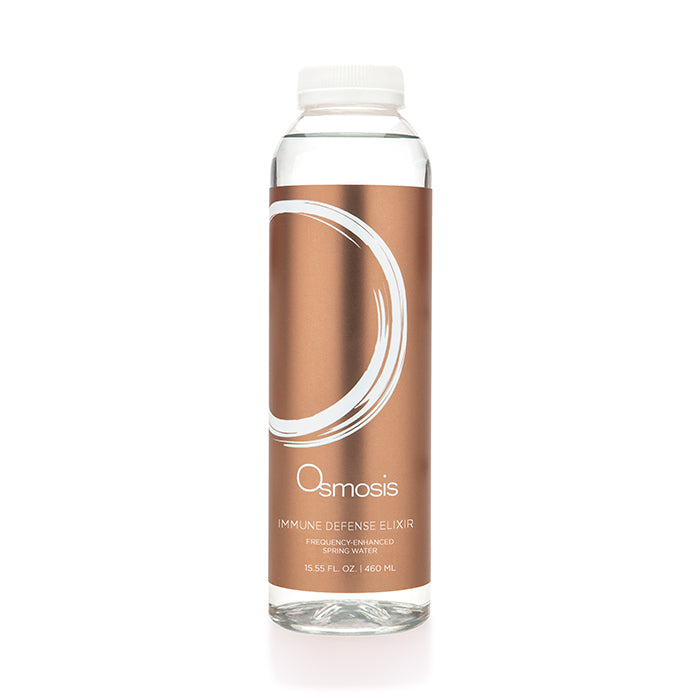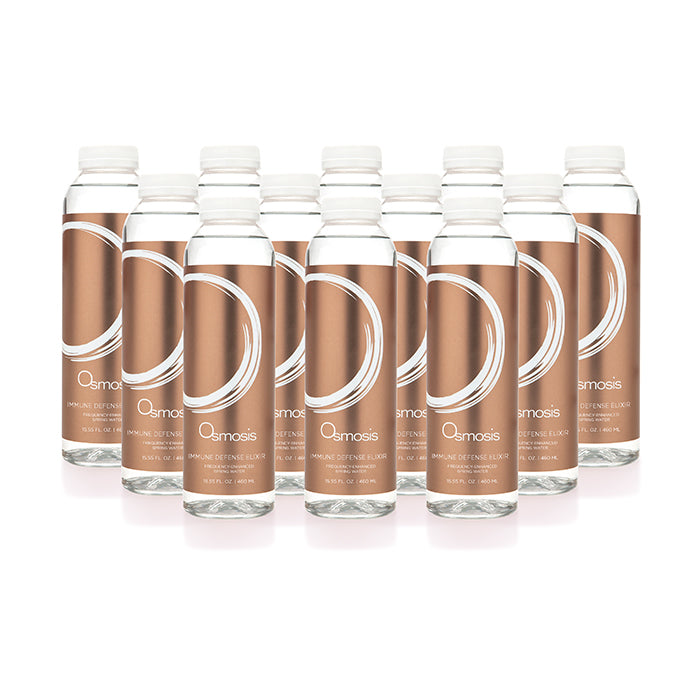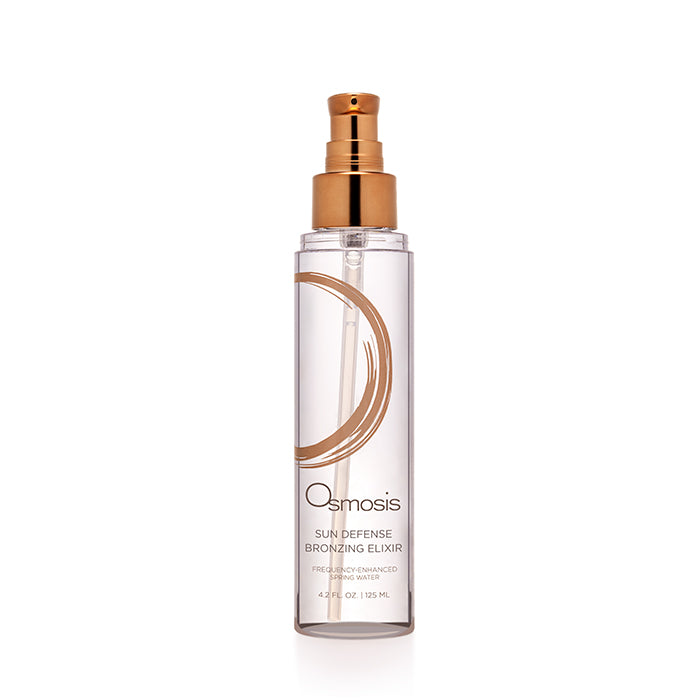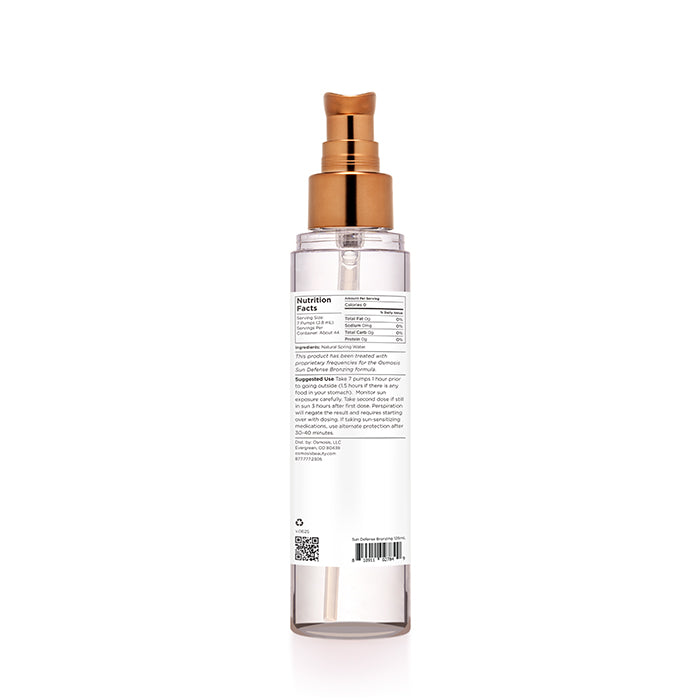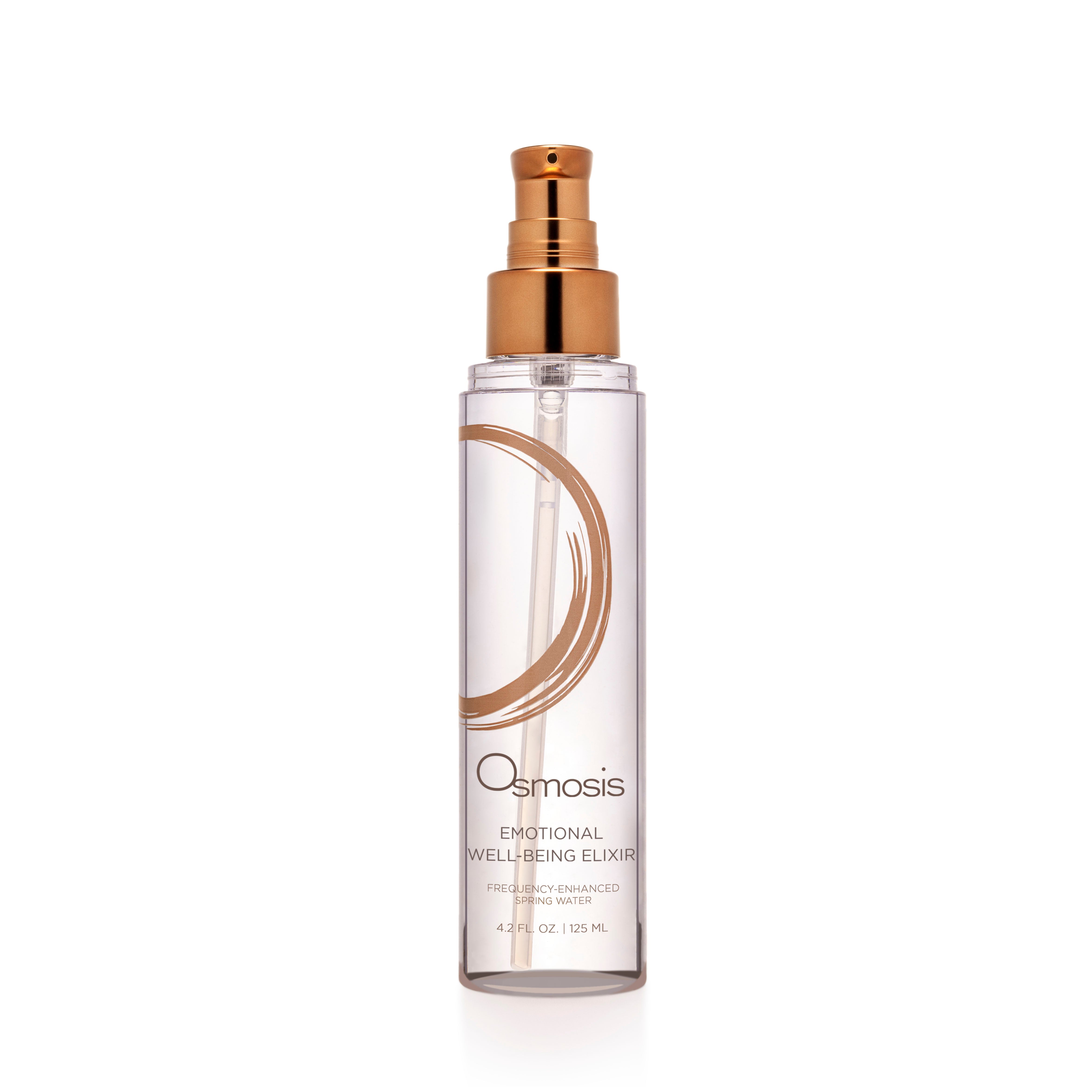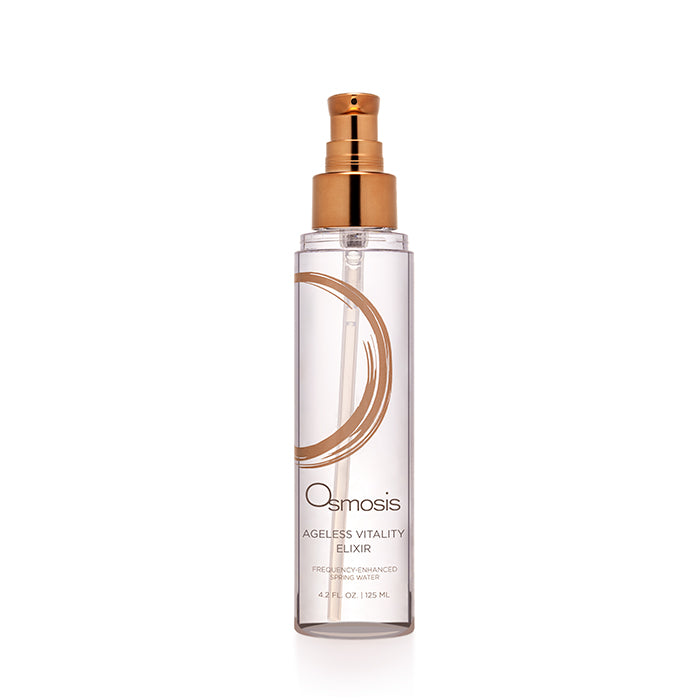
Acne Awareness Month: Understanding Acne and How to Treat It
June is Acne Awareness Month, a perfect time to bring attention to one of the most common skin conditions affecting people of all ages. Whether caused by hormones, diet, environmental toxins, or stress, acne can be a persistent and frustrating issue. At Osmosis, we've curated the best products and protocols to help you achieve clearer, healthier skin. Let's dive into the world of acne to help you achieve healthier skin.
The Mystery of Acne
Acne is a common skin condition that affects millions of people worldwide, yet its true causes remain misunderstood. Traditional dermatology often attributes acne to bacterial infections, excess oil production, and follicle obstruction. However, recent research challenges these views, revealing that acne is more complex than previously thought.
Debunking Common Myths
- Bacterial Infection: About 90% of dermatologists believe acne is caused by a bacterial infection. While bacteria are present, they do not solely cause acne. The skin's response to bacteria is more inflammatory than infectious.
- Oil Production: Excess oil production is often blamed for acne. However, many people with acne do not have oily skin. Studies have shown that increasing oil production does not necessarily lead to more acne.
- Follicle Obstruction: The idea of a sebum plug blocking the follicle is outdated. Research indicates that true obstruction doesn't exist, and acne can occur even without excess oil or blocked follicles.
Unraveling the Root Causes
Acne is better understood as an inflammatory response to internal and external factors, including diet, environmental toxins, and hormonal imbalances. Here's a deeper look into the real culprits:
- Candida Overgrowth: Candida, a yeast strain naturally present in the gut, can overgrow due to factors like antibiotics, mucus-forming foods (dairy, fried food), and hormonal imbalances. Candida overgrowth can release toxins into the bloodstream, which excretes through the skin. This overgrowth leads to "candida acne," manifesting in specific facial zones.
- Diet and Toxins: The foods we eat and the toxins we are exposed to play a significant role in acne development. Processed foods, food preservatives, pesticides, chlorine, and heavy metals all contribute to acne located in the “liver zones”.
- Hormonal Factors: Hormonal changes, particularly an imbalance between estrogen and progesterone exacerbated by estrogen-mimicking toxins, can trigger acne. This is often seen along the jawline.
In our next blog, we'll delve deeper into treatments, skin mapping, and the Blemish Prone collection, introducing you to each product and how it works together to achieve clearer, healthier skin. Stay tuned!


